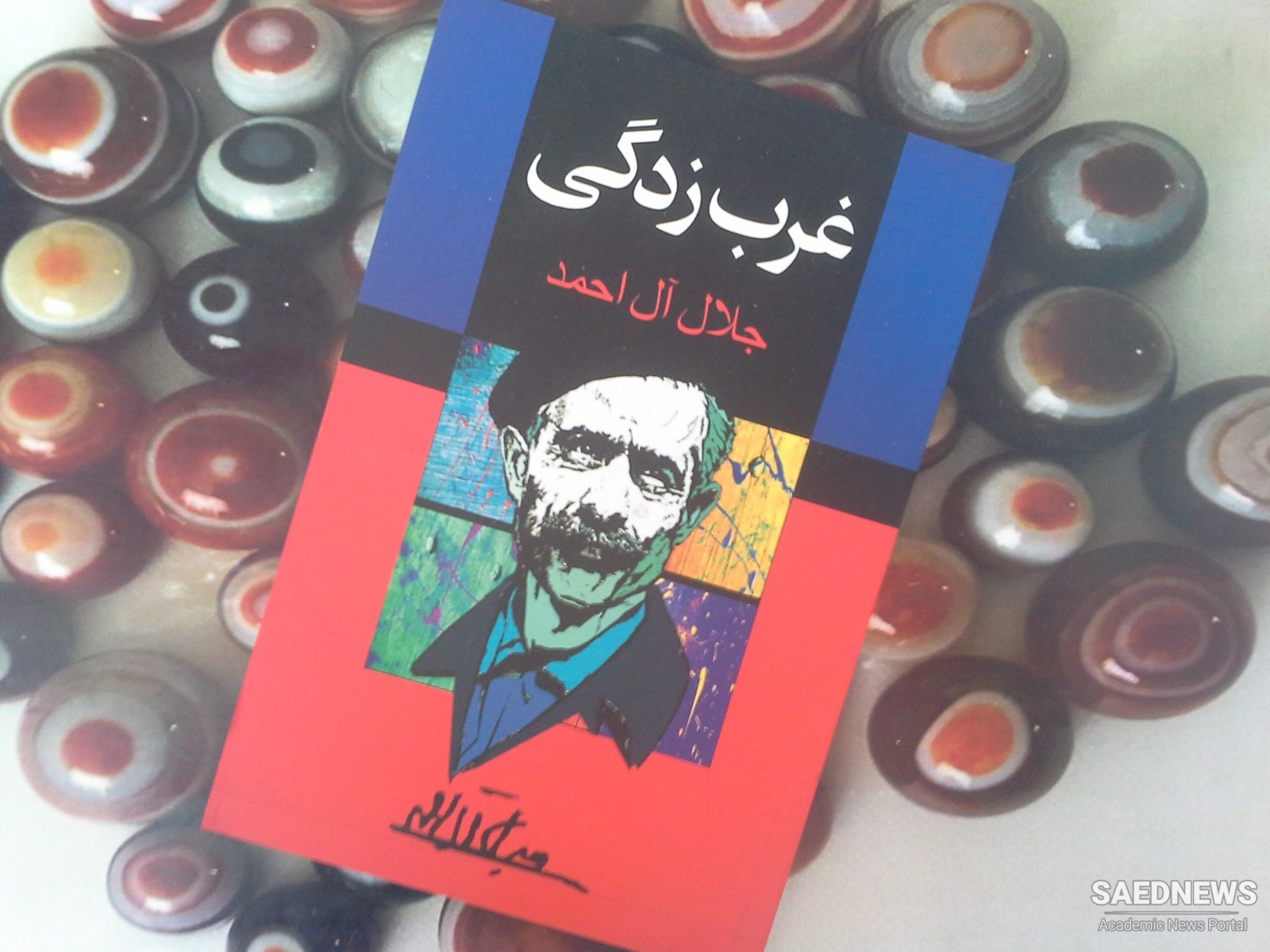Later that year the journal, Ketab-e Mah, intended to publish excerpts from it. The state prevented this. He then wrote a second edition. SAVAK raided the publishing house, confiscating all copies. Nonetheless, from the middle of the 1960s Occidentosis spread in samizdat form among the educated classes and the youth. The work ‘was read and discussed in high schools and universities as the first bibliographical item on a hidden syllabus with which the Iranian youth of the 1960s came to political selfconsciousness. You were accepted into cliques of political activists by virtue of your ability to quote passages from it verbatim’
Al-e Ahmad in Occidentosis launched a broad attack on the foundations of Western civilization and the historiographical pillar of Pahlavi pro-West Occidentalism that, he claimed, created a crisis of identity by spreading Western culture – a process coined Occidentosis. Ahmad argued that the imperialist West ‘awakened only one passion, that for ancient Iran. Passion for, … (and) belief in, the pre-Islamic history of Iran.’ It propagated a view of Iranian identity and history as if ‘from the Sassanian Empire until the government of [Reza Shah’s] coup d’état only two and a half days had elapsed, and even then in a sleep’. Underlining the influence of Western historiography on pro-West Pahlavi Occidentalism, he claimed that a consequence of this approach was ‘to create confusion in the nation’s historical consciousness’ by connecting ‘directly the power of the coup d’état’ to pre-Islamic Iranian Empires ‘as if there were no distance of some 1,300 years between them’. For him the motivations behind pro-West Occidentalism were clear. Only ‘by loosening the religious-cultural background of the contemporary man’ and changing the elements constituting national identity ‘would the onslaught of Westernization be possible’.
From the work’s first page, al-e Ahmad diagnosed the disease from which he believed Iranian society, and in particular educated Iranians and the Pahlavi system, were suffering: Occidentosis is surrender and enslavement to the West. Occidentosis is like cholera. If this seems distasteful I could say it is like heatstroke or frostbite. But no. It is at least as bad as sawflies in the wheat fields. Have you ever seen how they infest wheat? From within. … We’re talking about a disease. A disease that comes from without fostered in an environment made for breeding or causes, and if possible, a cure. This Occidentosis has two heads. One is the West, the other is ourselves who are taken with the West. By us, I mean a part of the East.
This work’s title, Occidentosis, at first glance gives the impression that the target is the capitalist West, in keeping in line with Ahmad’s previous leftist background. But, he provided a broad definition of the West. One pole is the Occident, by which I mean all of Europe, Soviet Russia, and North America, the developed and industrialized nations that can use machines to turn raw materials into more complex forms that can be marketed as goods. These raw materials are not only iron ore and oil, or gut, cotton, and gum tragacanthin; they are also myths, dogmas, music, and the higher worlds. The other pole is Asia and Africa, or the backward, developing or nonindustrial nations that have been made into consumers of Western goods. … Our age is one of these two worlds: one producing and exporting machines, the other importing and consuming them and wearing them.
He rejected the idea that the West’s modernities, liberal democratic capitalism and communism symbolized the developmental and historical destination of the world’s peoples. In denouncing the universalist claims of Western civilization, he called for a return to authenticity and the implementation of nativist solutions and policies.


 Political Sophistications and the War of Philosophies
Political Sophistications and the War of Philosophies














































